Heading into the off season
I grew up with hockey, then hockey outgrew me.
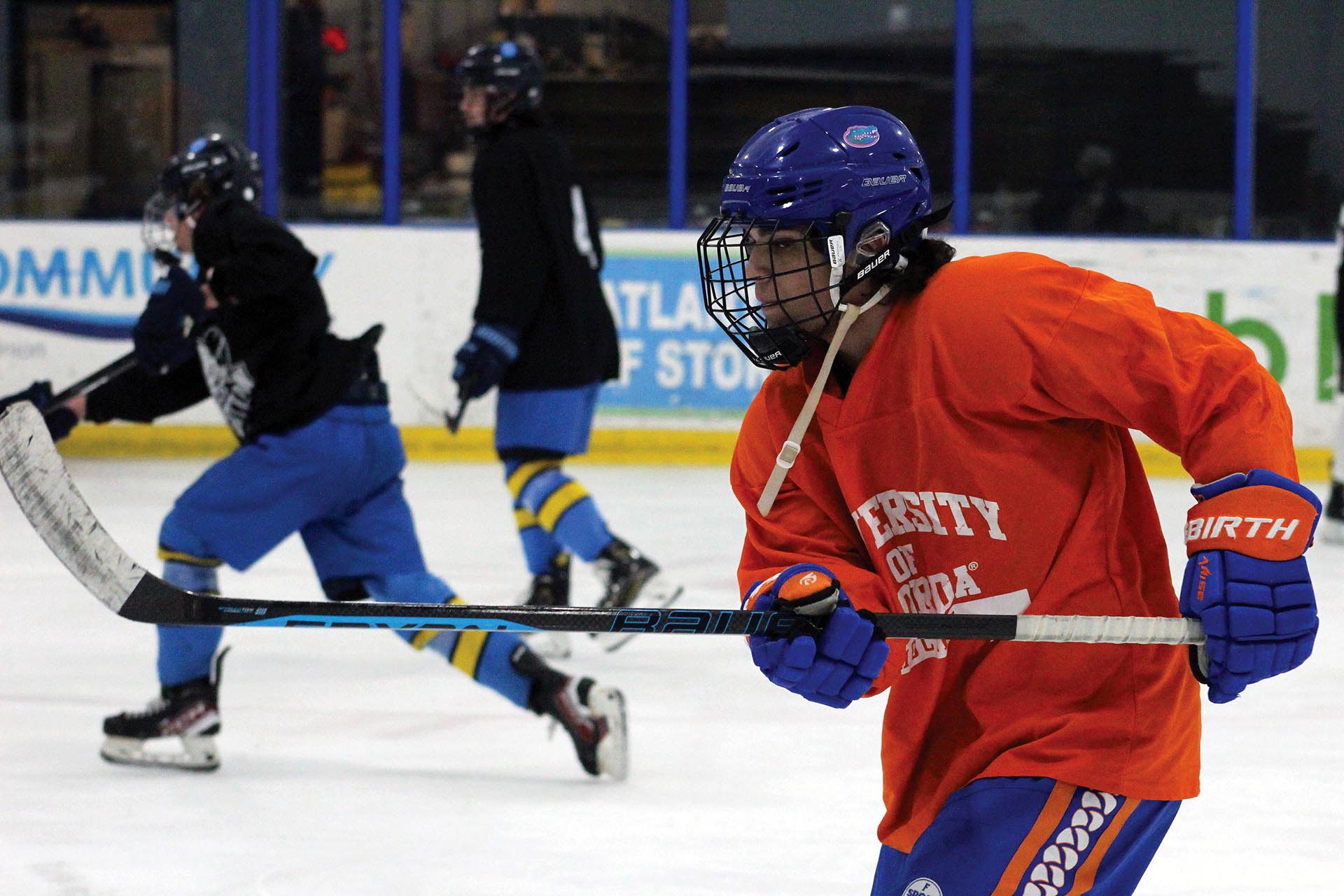
January 24, 2025 | story by Máté Imre
photos by Autumn Johnstone | illustrations by Eva Lu and Delia Rose Sauer
This story is from Atrium’s Winter 2024 magazine, which released December 2024.
It wasn’t much, just an empty stretch of asphalt in front of our house. But to my brother and me, it might as well have been Madison Square Garden. We weren’t just playing street hockey — we were in Game 7 of the Stanley Cup Final. The summer sun beat down on us as we dripped with sweat, casting long shadows across the road. The rays, in our minds, were the bright lights of an arena shining onto us. The score was tied, and it was up to us to decide who would be lifting the Cup.
With seconds left, I called out the play-by-play as my brother and I passed the ball around in a play we’d made up just minutes before. The intensity built with each imaginary tick of the clock.
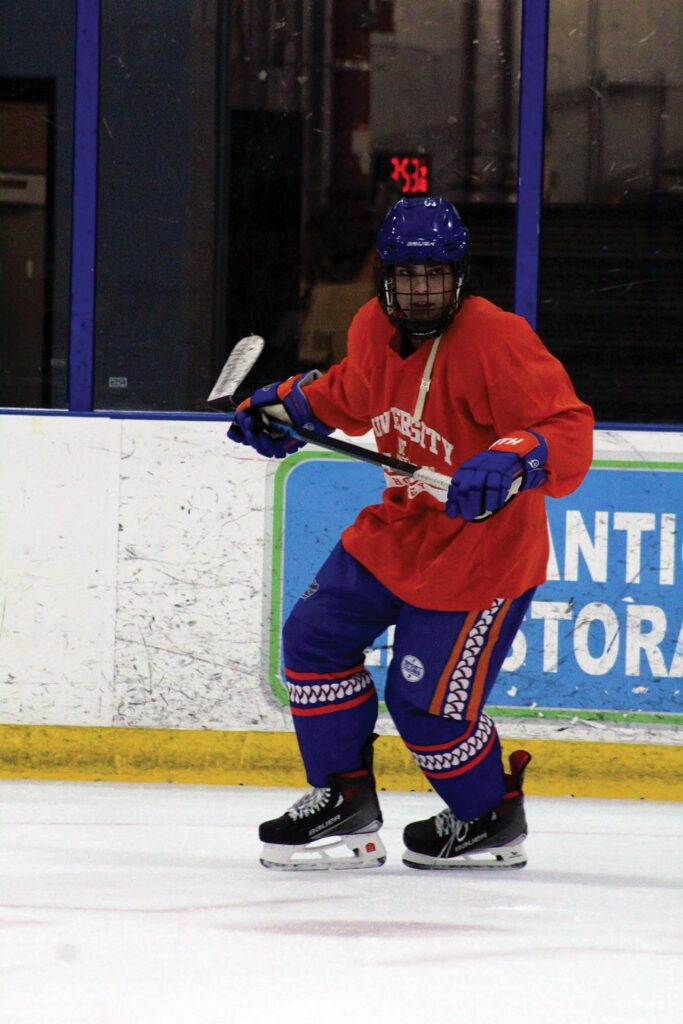
“Five…, four…”
We rushed toward the empty goal, weaving around each other as the scrape of our hockey sticks against the road echoed off our neighbors’ houses.
“Three, two…”
One last move, just enough time to get a shot off. The ball smacked against the stick and flew.
“One…”
The ball hit bar down, smacking the bottom of the goal post and ricocheting into the back of the net. Our arms rose in the air to celebrate what might have been our 15th Stanley Cup win that afternoon.
Where others may imagine the frozen ponds of northern states or historic old rinks, that wasn’t our reality in Florida. We were carving out our place, despite the unbearable heat and humidity, in a state home to beaches instead of frozen lakes. Each time we stepped out onto the ice, it reminded us we were a part of something different — something that, at first glance, didn’t seem like it belonged.
My love for the sport began with my dad. He’d share stories with me of how he and his friends would play hockey on the frozen lake of City Park in the heart of Budapest, Hungary, near where he grew up. He always wished he started the sport sooner. If he had, maybe he could have pursued it seriously and played for an actual team.
Instead, he passed his dream on to me.
Watching from the sidelines, my dad saw my love for the sport, even in the early days before I’d stepped onto the ice, when the rink was just our driveway. He signed me up for any clinics, camps and practices he could find, nurturing my passion. My garage is still stained with black streaks of pucks and sticks from the summer he paid a local prodigy to coach me.
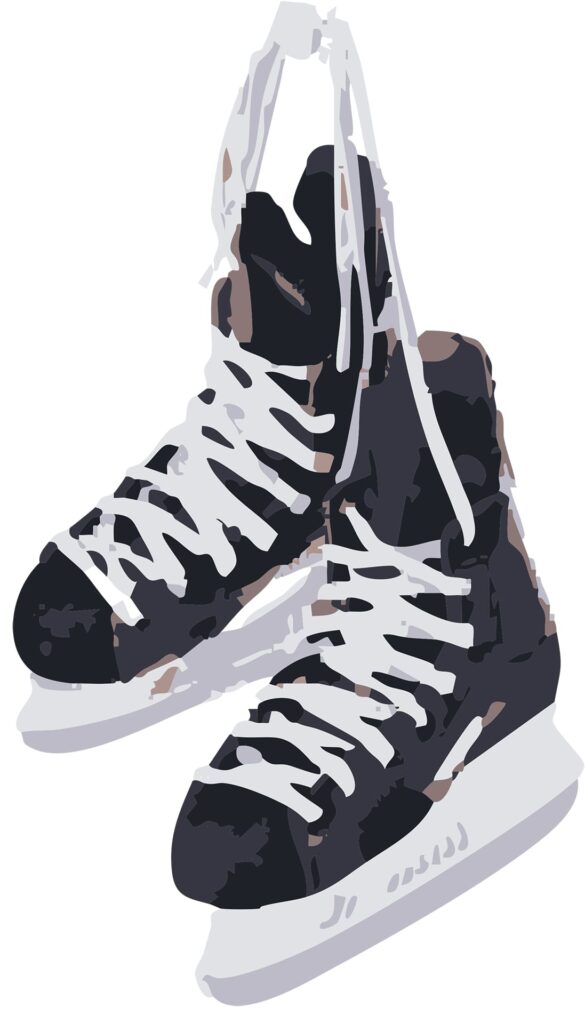
As we stood outside the frozen sheet of ice, chirps flew back and forth between our teams, unable to contain our trash talk before the game even started. Playing for the Florida Alliance, a team representing the entire state, we faced off against groups from the traditional hockey powerhouses: New England, Minnesota, Michigan and Canada. Our opponents for this game, like most, ridiculed where we came from.
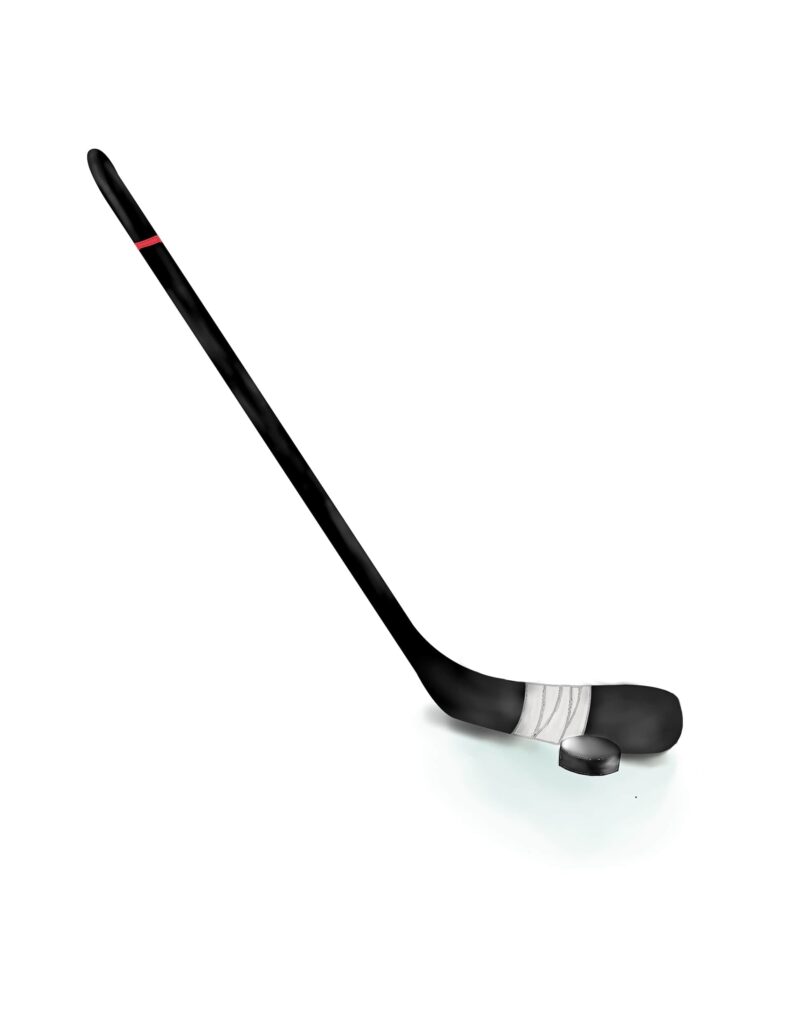
The second the puck dropped, we came out flying, snagging a quick, cushy lead that left the other team scrambling. Their coach called a timeout in the first period, a move typically used as an excuse to tear into players.
As both teams huddled around their respective benches, a mere 20 feet from each other, their coach’s anger echoed throughout the rink before our coach could even draw up the next play.
“What the f— are you guys doing? These guys are from f—ing Florida!”
Our whole team glanced at one another, as the space between us filled with misty clouds as we exhaled into the cold air, each face donning a smile.
Nobody needed to say a word. We knew we weren’t just winning a game. We were showing them that Florida hockey had arrived.
The moment was backed by a trend in numbers. In the 1998-99 season, USA Hockey reported 5,606 players registered in Florida. By 2023-24, that number totaled 21,199. Just seven states held more players than ours.
In the years leading up to my time with the Florida Alliance at 16, I saw an influx of snowbirds from northern states, with many becoming coaches, teammates and opponents.
Florida hockey went from niche to normal. High school teams boomed. Leagues organized by the Tampa Bay Lightning and the Florida Panthers brought an explosion of local players across the state. Their regular season successes, with three Stanley Cup wins between them since 2020, certainly helped grow the game.
The Florida Panthers Scholastic Hockey League boasts 14 teams in South Florida and the Lightning High School Hockey League hosts 21 in the Tampa area.
These leagues offered reduced fees, creating a greater chance for kids like me to pick up a stick and pass around a puck for the first time. More rinks opened up and better coaches came down, some of them former NHL-ers. These new players were heavily recruited and consistently in the national spotlight.
It wasn’t just about the game anymore; it was about being part of a growing movement that, slowly but surely, was putting Florida on the hockey map.
Given to Máté and the other seniors of the West Manatee Hockey Club, a puck capped off the final year of youth hockey.
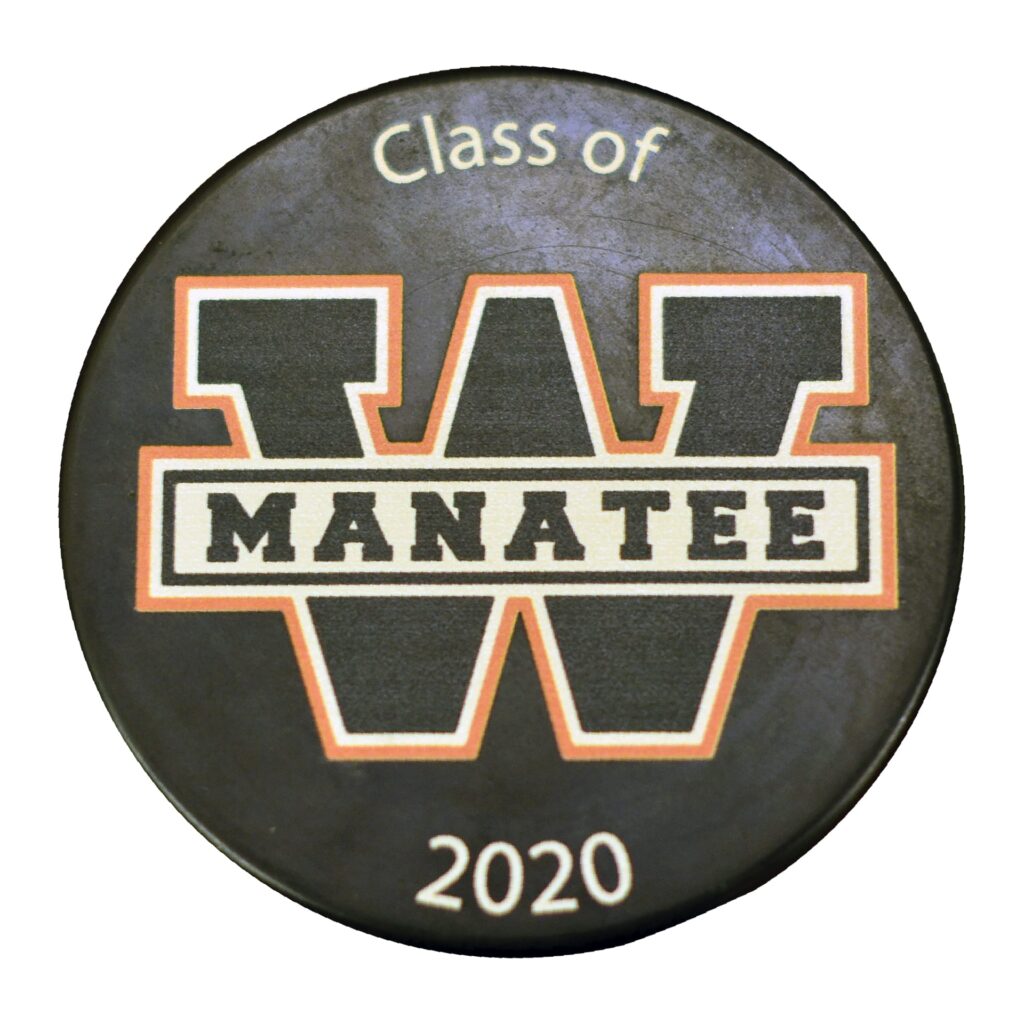
I entered my final season of youth hockey on the U18, only to witness the talent of the younger guys firsthand.
That season, we scrimmaged against the prodigies, teams stacked with younger players who got resources and exposure during their formative years that our generation had missed — kids with real hockey futures.
At first, we figured we’d have the upper hand. We were older, bigger and more experienced.
But they were fast — faster than we expected — and their passes were crisp and controlled, like they’d been playing together for years. They made us look like amateurs, deking around us, running plays we’d never seen and beating us to every loose puck.
We could barely survive. We ditched our game plan for a new tactic: Bully them with brute physicality. It still wasn’t enough.
By the end of the scrimmage, the scoreboard didn’t matter. The loss solidified my belief about the future of hockey and my place in it — or rather, out of it.
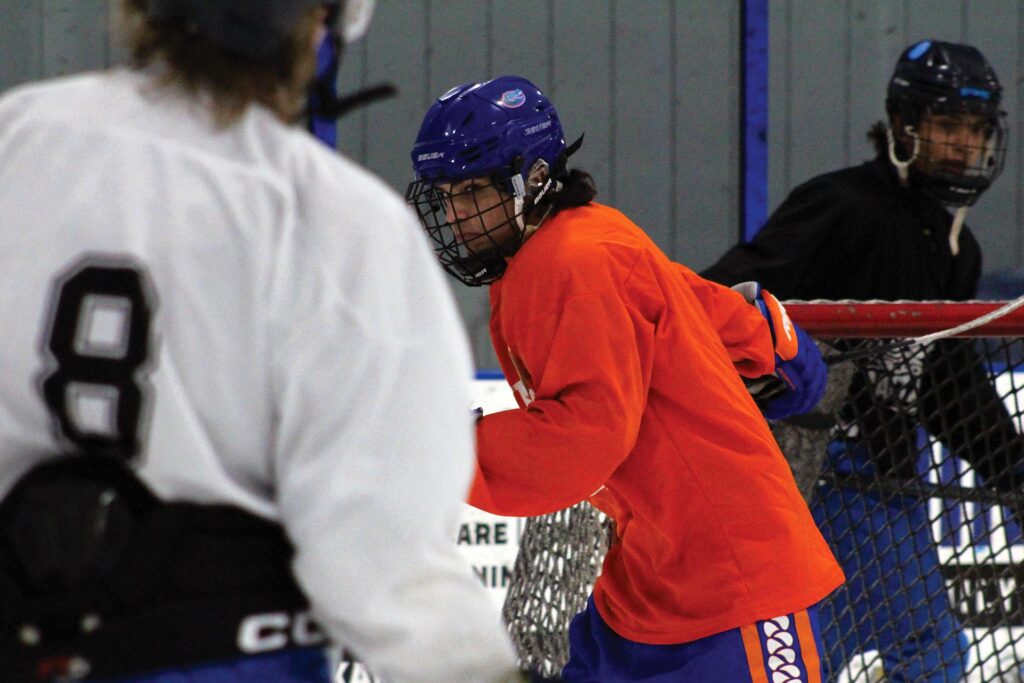
My coaches believed I could continue after high school in the North American Hockey League, but I’d be up against players like these, who had D1 offers from legendary college hockey teams in Boston and Michigan. Their skills, work ethic and hockey IQ made it evident even then they would go on to be drafted in the NHL, positioning themselves as some of the best prospects in the country.
No matter how much I wished I could write a different story, I felt like I’d only be delaying the inevitable. I’d grown as a player over the course of my years in the sport, but Florida hockey had grown faster.
As the year went on and reality crept in, my father knew how I felt. Still, he’d conjure up ideas to prolong my hockey career.
He suggested that I move to Hungary, live with my grandparents and play the required number of league games to ultimately try my luck on the Hungarian national team.
I’d be lying if I said I didn’t find the idea enticing. I’d be playing the game I love with a jersey I’d be proud to wear.
I’m certain my father still saw how much I cared for the game and how much I wasn’t ready to give it up just yet.
But the thought of leaving everything behind was too much. I couldn’t “maybe” commit to a dream that seemed so far away.
After a few conversations, he understood I wanted to put my future first. I wanted to go to college.
I started club hockey my sophomore year at the University of Central Florida. The intensity wasn’t the same, but I remained connected to the sport I’d known for 15 years of my life. In a way, it freed me from the pressure and constant sense of expectation.
I transferred to the University of Florida, eager to continue playing on a team filled with great talent and players who shared my passion. I played during my senior year, taking in each moment of competition with the knowledge that this chapter of my life would soon close.
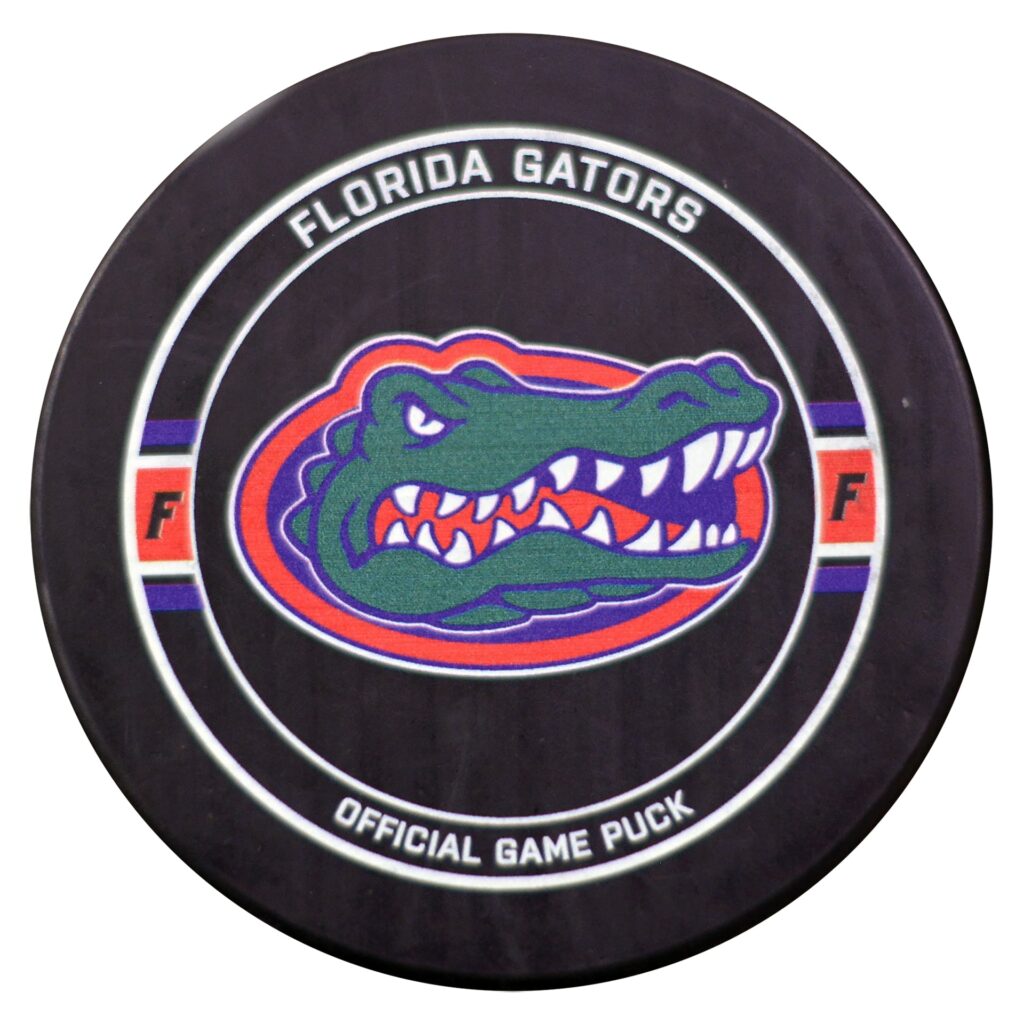
In his fourth year of college club hockey, Máté received a laminated puck after his first goal wearing the Gator jersey.
In the third period, I came out of the penalty box and immediately raced the defenseman for a loose puck, hoping to get in alone for a breakaway.
Before either of us were close, I felt the stick push against my back, launching me off balance toward the boards.
It happened so fast. Too fast for me to register anything but a pop in my right shoulder. I stayed down on the ice, unable to move the muscle. With each short inhale came sharp pain in my chest.
I made my way to the bench, trying to convince my coaches, my teammates and myself that it was OK to keep me in the game.
All it took was one more shift for me to realize I was only hurting my team.
I sat during the dying minutes of the game, watching the scoreboard count down to zero.
The buzzer sounded and I joined the handshake, using my left, before skating off the ice.